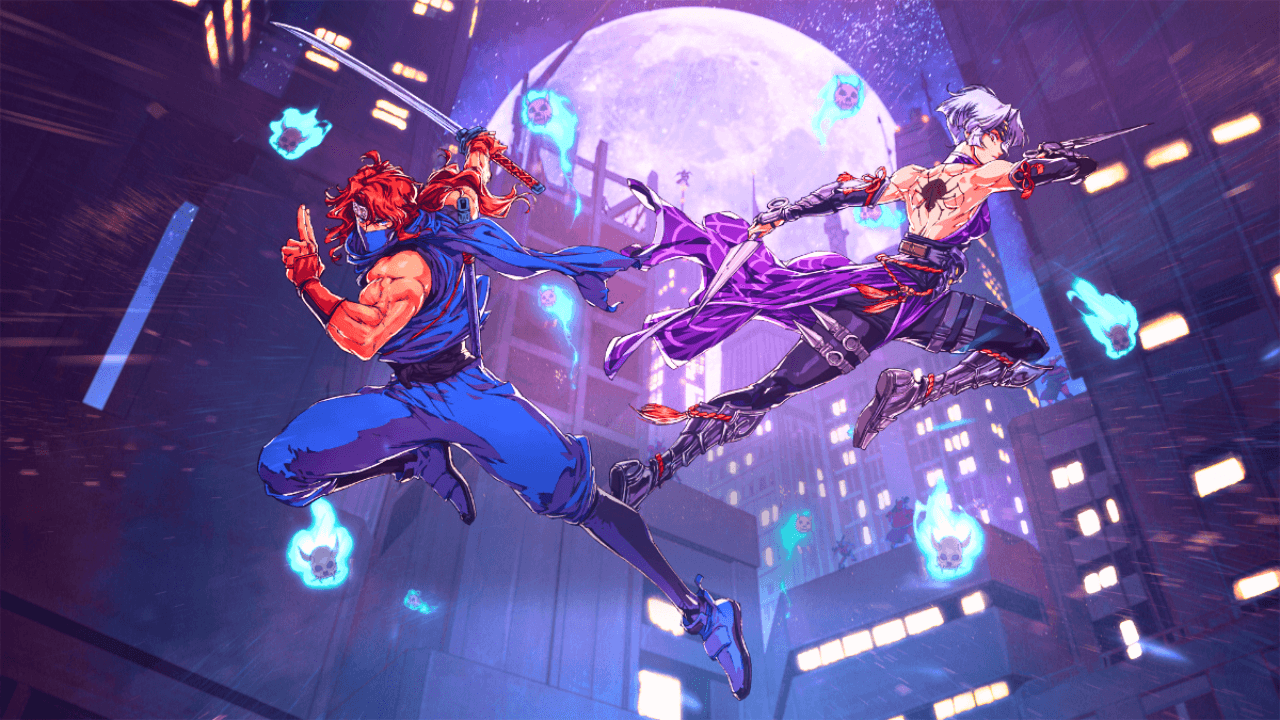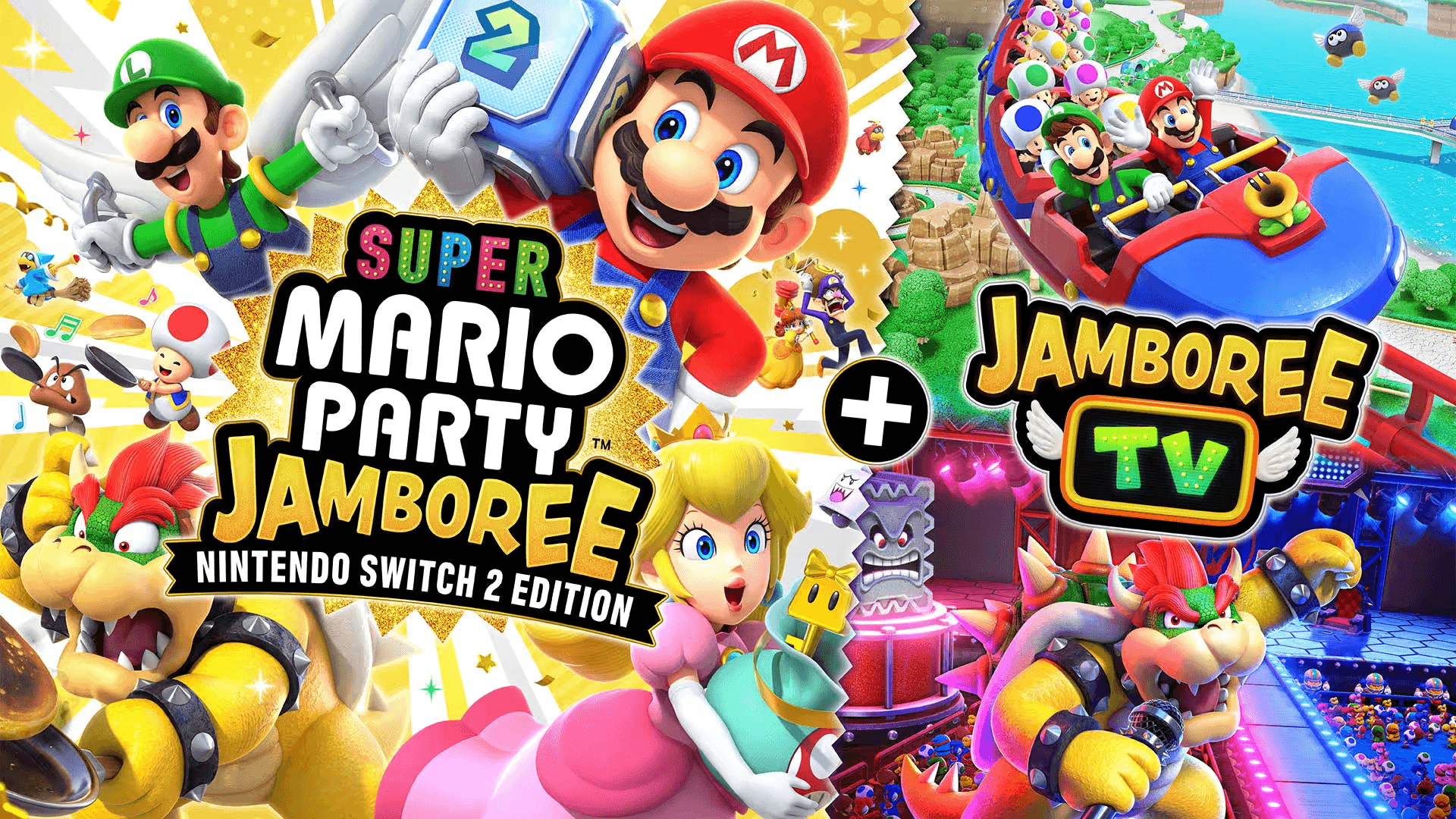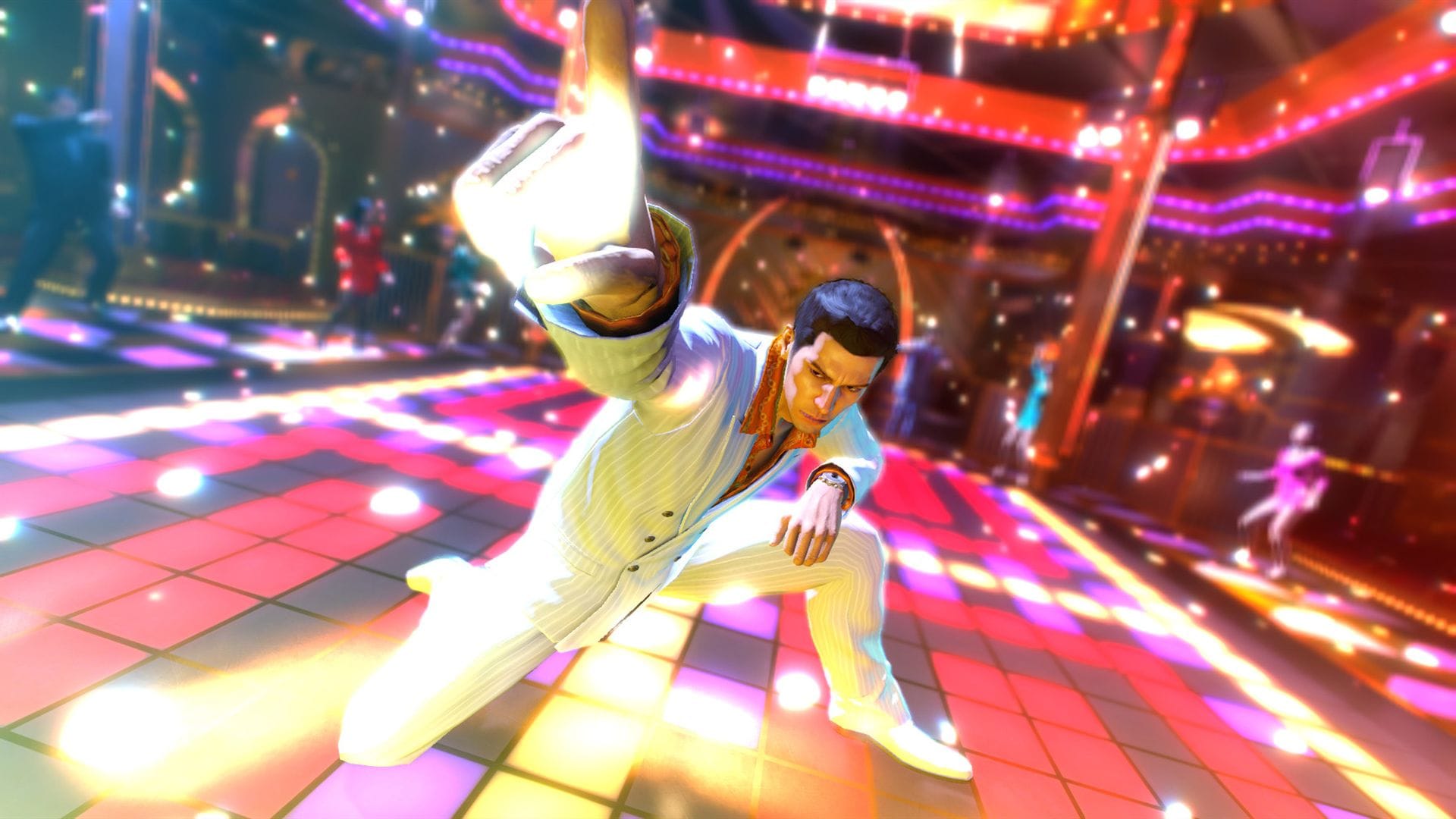Mega Man Legacy Collection 2 is an inherently inferior compilation in comparison to the first, mainly due to its lineup of games, but it excels in bringing back to light some my least favorite entries in the franchise. In fact, Capcom has done an admirable job putting this new collection together. Although neither Mega Man 7 or 8 were never my cup of tea, the inclusion of 9 and to a lesser extent 10, sorta make up for the fact that none of the later main series Mega Man games have managed to live up the first three NES titles. The glaring omission is the magnific Mega Man & Bass, a side entry that never saw the light of day outside of Japan when it was originally released.
Heading the collection is Mega Man 7, the main series’ only game released worldwide on the Super Nintendo. It’s a definite departure from the Mega Man we know and love, both visually and gameplay-wise. Granted, in the grand scheme of things, considering how the franchise’s been handled over the years to the near dead state it is now, Mega Man 7 could be considered an attempt on Capcom’s part of revitalizing the classic series after their shift had focused to the faster paced Mega Man X series which would also eventually see a dramatic drop in quality during its own console generation shift a few years later, but it’s widely accepted as the weakest of the series.
All things considered, though, they could’ve done way worse with Mega Man 7. Sure, Mega Man’s sprite is gigantic in comparison to the stages the game takes place in, the boss designs are on the tail-end of mediocrity speaking of the Mega Man franchise as whole, and the controls are unresponsive enough to make precision jumping annoying, but taking into account what would eventually become of Mega Man until later retro revivals would be made, 7 is still somewhat of a solid entry. It’s nowhere near as tight or fun as the NES entries, but that’s a bar so high that even Capcom had trouble reaching it, so far that they had to get ahold of an outside studio to even get close to nailing it with the later releases that are also included on this package. Then again, in comparison to the rest of the games in the Legacy Collection 2, Mega Man 7 sits on the bottom of the list.
Mega Man 8 was the closing chapter for the original series for a decade or so, and for all intents and purposes, it’s one heck of a Mega Man game. The only entry to hit 32-bit systems, 8 is a fan favorite, even though it’s most fondly remembered not due to anything other than its so-terrible-that-it’s-fantastic meme-worthy animated videos that just happen to have some of the worst voice acting ever to grace a videogame. Thankfully, the gameplay in Mega Man 8 is enough to keep you going, even though it tends to rely on cheap tricks often instead of actual skill-based difficulty, in the form of auto-scrolling sections with insta-kill pitfalls and spikes. Unfortunately, just like Mega Man 7, 8 also suffers from unresponsive controls, that when married to those punishingly twitchy sections might make a throwaway part of that game one of the most annoying bits in the entire collection.
Outside the fact that that particular section alone is terrible, Mega Man 8 is pretty playable and fun, sitting well with the later Mega Man X games that would inevitably hit that particular console gen. Graphically, it’s one of the best looking sprite-based Mega Man games, with big, detailed characters and stages, not to mention some of the most impressive looking boss fights. It’s also the only mainline Mega Man game to feature CD quality music and voices – while on one hand it allowed for the inclusion of the awfully hilarious acting, it also gave way to the inclusion of really good tunes. There’s no denying that the incredible personality of the 8-bit Mega Man games’ music is unsurpassed to this day, but the tunes in 8 are still downright good. As a whole, I look fondly and nostalgically at Mega Man 8. It was interesting to revisit it now, years after beating it on my Sega Saturn and recall just how much more patient I was back in that day.
Rounding out the collection are the two retro-inspired entries in the franchise developed by Inti Creates, Mega Man 9 and 10. Out of the two, 9 is the one that comes out on top. It was shockingly good back when it originally released on the Wii back in 2008, featuring gameplay and presentation that were very much akin to the original NES games, with a level of quality that had since been missing. It helped introduce new players to the franchise, and even though it only spawned a single sequel before Mega Man went back to being a dormant franchise with the odd cameo in a Vs. fighter here and there, it further proved that there was still a lot of good games that could be done in the mold of classic Mega Man.
Capcom was really into the idea of having a new Mega Man game be faithful to its 8-bit roots, and in that regard, 9 really felt like it could’ve belonged alongside its NES brethren, so much so that it even featured the same sort of limitations that a game of that generation had, like slowdown and other glitches that spawned from the fact that were too many sprites on screen at once. They didn’t have to stick so hard to that mentality, but they did, and Mega Man 9 turned all the better because of it. Still, it featured some options that would have otherwise been impossible for an NES game, such as challenge modes, gameplay modifiers that could be bought with bolts that you could collect endlessly throughout the game, as well as the ability to tackle Dr. Wily’s armies with Proto Man.
Although not as strong of an entry as Mega Man 9, 10 carried the retro torch onward, even though it doesn’t feature as strong of a level design as the previous game, bringing Bass as a playable character alongside Mega Man and Proto Man, varying things up quite a bit thanks to his three way shot. While not particularly inspired in terms of writing, the Mega Man games have always been positively brimming with ridiculous reasons for its villain to make a return, but in Mega Man 10’s case, it’s a health matter, as he’s forced to fight in order to obtain a cure for a disease called Roboenza. Call it what you will, it’s not nearly as silly as the premise of some of the later Mega Man X games, if you can believe it. Mega Man 10, like 9, dove deeper when it came to naming and designing some of its bosses. While not nearly as fresh as Mega Man 9’s Splash Woman, the only female Robot Master to grace the series, Sheep Man is quite possibly the most esoteric out of Mega Man’s rogue gallery, considering that its main inspiration just happens to be Philip K. Dick’s book that gave way to Blade Runner.
As with the first Mega Man Legacy Collection, volume 2 is chock full of bonus content, spanning from dozens of art stills for each of the games, as well as the full track list of all the songs featured in each of them. The main course, though, is certainly the challenge mode, which dishes out a bunch of special stages that are timed and tied to leaderboards, ranging from a bunch of interconnected sections of different levels to more traditional boss rushes. The better you do at these, the more eventually become unlocked. Unfortunately, if you’re an achievement junkie, you’ll be sorely disappointed with the trophy list for this collection. Just like the original collection’s, 2’s list is pretty barebones, which is quite baffling taking into account the sheer number of cool challenges that the previous re-release of Mega Man 9 and 10 on PlayStation 3 and Xbox 360 happened to feature.
And if you happened to save scum your way through the first Mega Man Legacy Collection, you’ll be left in the creek by this new one. You can only backup checkpoint saves, meaning that if you happen to die at the end of a level’s section, you won’t be able to load your way back to the exact spot you want like you could in the first compilation. It’s not clear why save states aren’t available this time around, but as a remedy of sorts, there’s the option of taking half damage for all of the games, even though I wouldn’t recommend using it.
The biggest thing going against this collection really is its lineup. It’s understandably worse than the previous version, and the omission of Megaman & Bass is glaring, which begs the question whether or not Capcom will eventually release it digitally as its own download. My guess is that that will happen eventually, given how much buzz surrounds that particular game due to just how good it is, but even more so due to how difficult it is to get ahold of a copy in English. The only alternative at the moment, at least legally, is to find a Game Boy Advance copy of the game somewhere and hope that it’s not a pirated cartridge. This collection would’ve been the perfect avenue for Capcom to bring that back. Oh well.
As it stands, the Mega Man Legacy Collection 2 is still worth it, if not only for the ability to legally play Mega Man 7 and 8 outside of their original platforms, with the added benefit of having more features to mess around with and the care Capcom took to make sure these games play just like they did back when they were originally out. Here’s hope that the X series is next on their list for this treatment.







